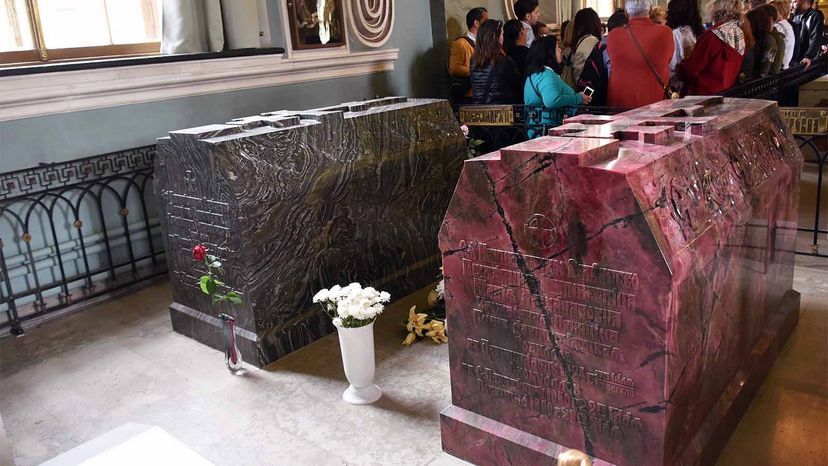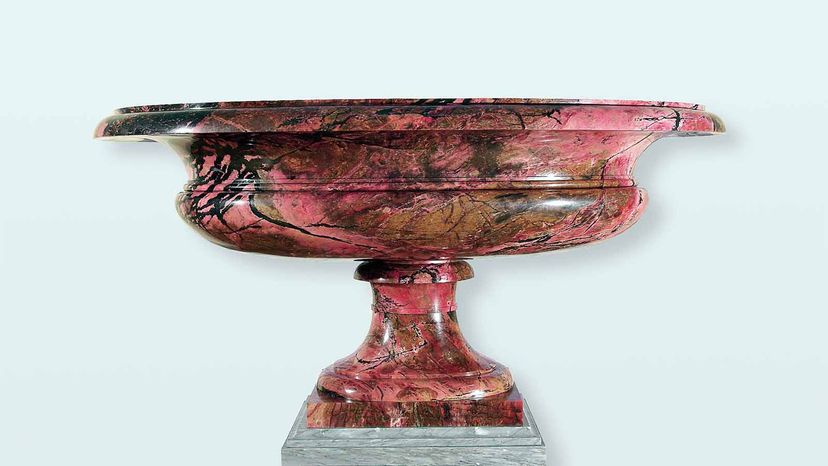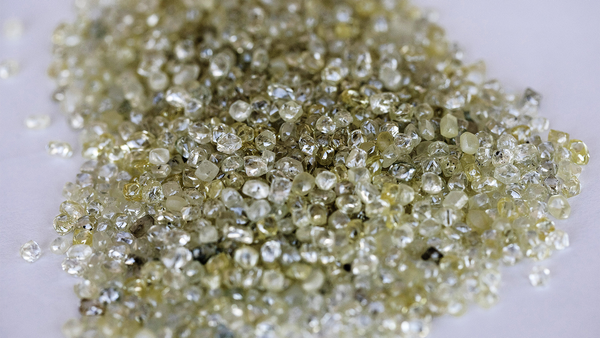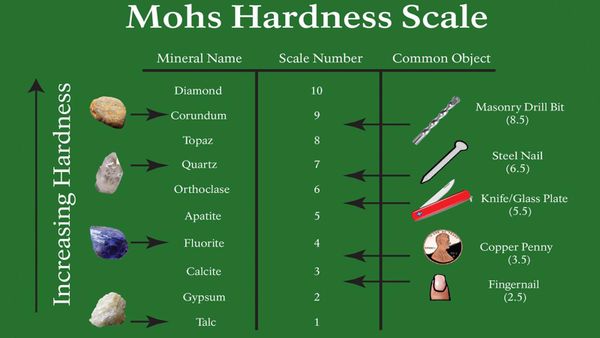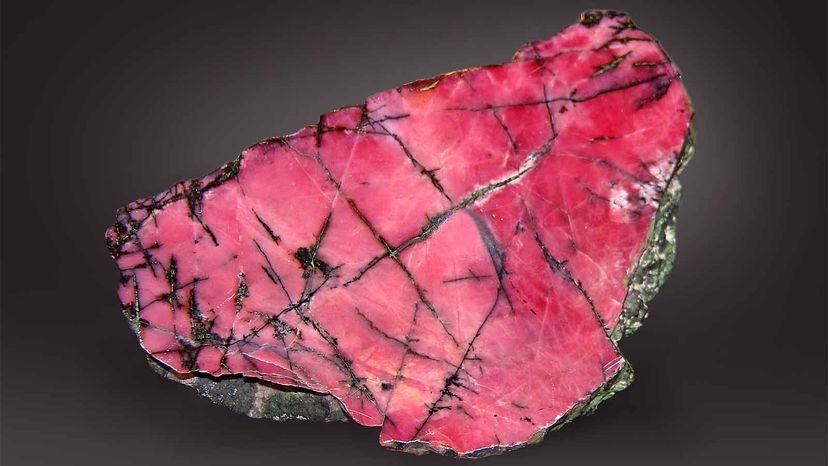
As sleeping babies lay in their cribs in the 18th-century Ural Mountain villages near Sidelnikovo, Russia, parents slipped pink stones next to them, called orlets. Rocking their child's crib slowly, parents told local folklore about how eagles (orels), the king of birds, brought the same beautiful and valuable stones to their nests. By placing rhodonite next to their children, the villagers hoped it would bring their children courage and acuity, like the majestic eagle.
Eventually, rare rhodonite crystals and stones became highly prized in Russia, donned by czars and fashioned into enormous ornaments. Today, this pink stone — with its notable charcoal veining — is less known for its monetary value and rarity but more for its metaphysical value as a stone of power, protection, and self-love.
Advertisement
In this article, we'll explore how these rose-colored stones would go on to develop a huge following amongst mineral collectors, alternative health enthusiasts, and romantics.
